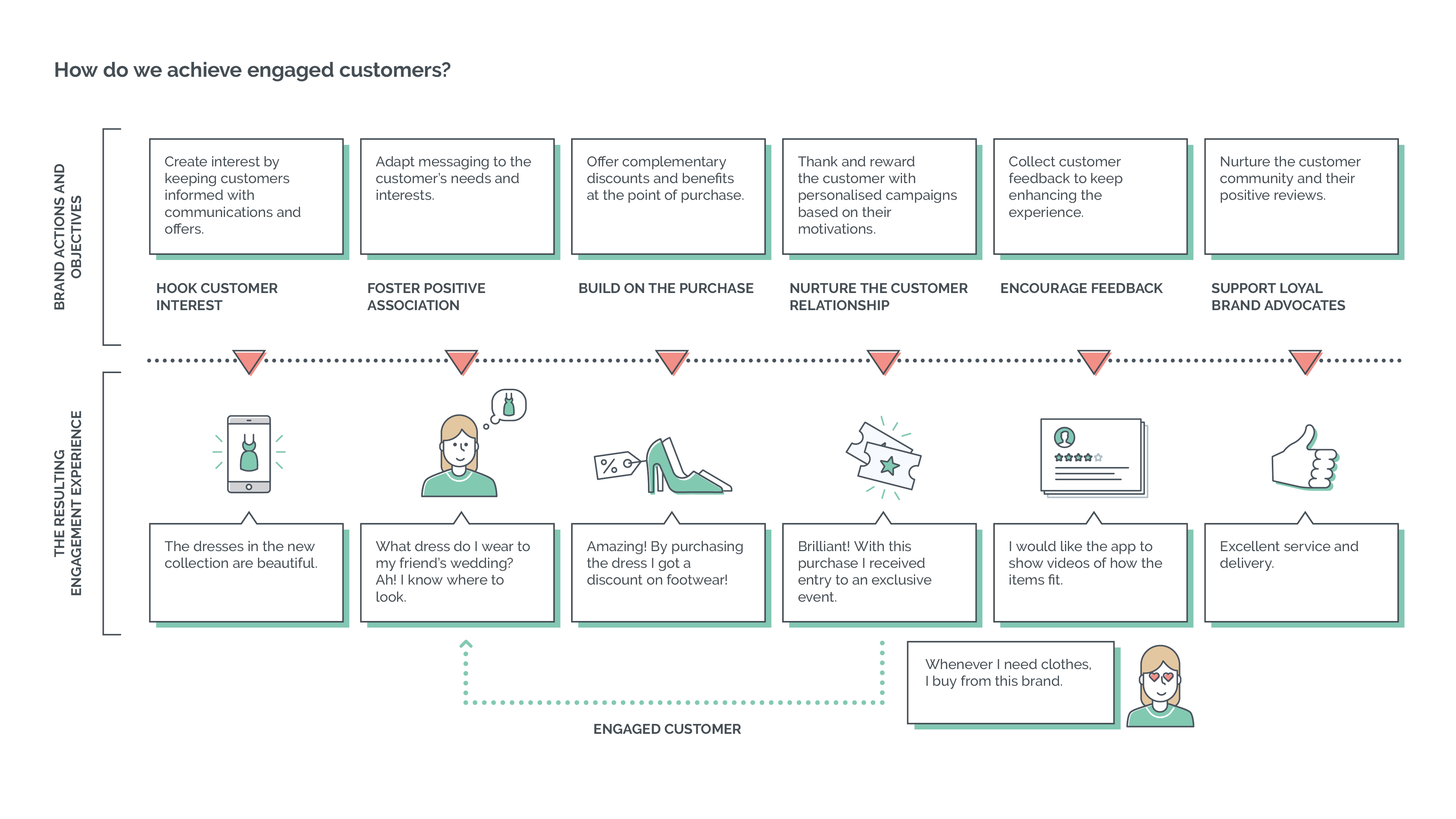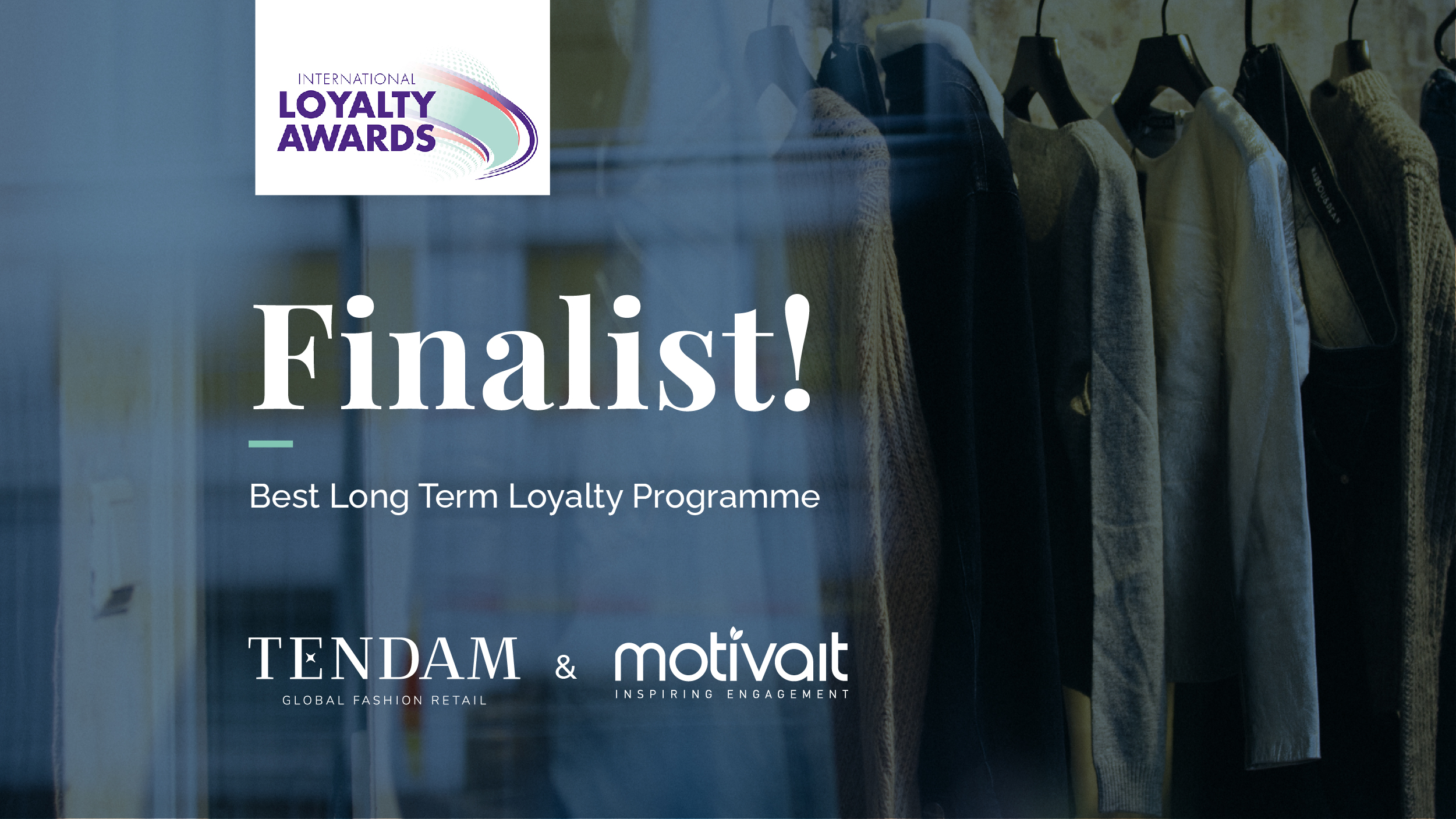We all saw how technology helped people during the pandemic; without tools like Teams, Zoom, online learning platforms and social media, working effectively and staying connected with friends, family, colleagues and peers would have been incredibly difficult, if not impossible. As people become more comfortable and familiar with technology, the risk of fatigue heightens and therefore more preventative measures need to be taken in order to keep audiences engaged, motivated and intrigued.
Take learning and development platforms for example which, when facilitated digitally, offer a consistent experience for all participants irrespective of where, how or when they’re logging on. However, a digitally interconnected world does present some issues, the most stated of which is the concept of ‘Digital Learning Fatigue’ – also referred to as ‘Zoom Fatigue’ or simply ‘Online Fatigue’.
What is Digital Learning Fatigue?
Digital Learning Fatigue is a state of exhaustion, both physical and mental, where individuals reach their saturation point of using digital tools.
If this sounds familiar, and you feel like you have experienced this burnout, you are not alone. In 2021, 70% of people said they had experienced it, and dealt with frustrating side effects like sensory overload, irritability and restlessness.
One quick Google search and we’re flooded with ways to combat or at least limit these types of effects, whether it’s ‘only spend essential time online’, ‘make sure you take adequate rests’, or ‘adjust your screen brightness and ensure you have a comfortable, ergonomic set up’. Undoubtedly helpful to a certain degree, but the sustainability of such measures does raise questions, especially considering how increasingly online we are becoming.
A more sustainable and longer-term solution is diversifying the way people work and learn. Employing a ‘microlearning’ approach to studies, weaving in methods of gamification and experimenting with hybrid working are three great examples of how we can cut down our screentime, without compromising on these new, innovative and effective ways of working.
Microlearning
Microlearning is a way of teaching and conveying information to learners in bite-sized chunks, with a focused and specific learning outcome. It may also incorporate multiple forms of media to break up the format.
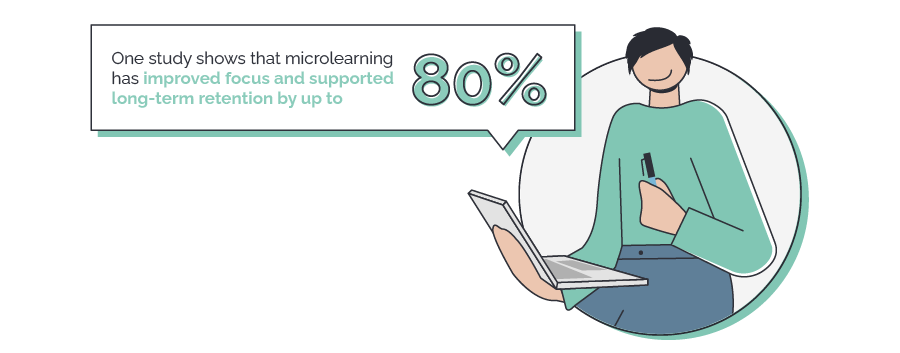
Given that digital fatigue can be the result of having to process large quantities of information, incorporating elements of microlearning is one way to help break up the process and facilitate continued participation. Breaking large amounts of information down into smaller chunks makes learning materials much easier to digest, less overwhelming for users to approach and less exhausting to become immersed in. Not only is this universally beneficial, but it is a more accessible method for people with learning disabilities to retain information.
Microlearning can also maximise workflow. When learners complete a section of work, they develop a sense of accomplishment which can lead to a greater sense of purpose and achievement. Therefore, when you split a piece of work into these smaller sections, it can provide the learner with a greater sense of achievement more often, which in turn increases their motivation to engage with the teaching further.
Microlearning also encourages the formation of good habits and gives users more flexibility while working. Incorporating microlearning practises in combination with other methods of engagement can be an excellent way to engage people digitally while preventing learning fatigue, but it is important that these techniques are intertwined with one another as continued engagement is about diversification and enjoyment. Microlearning uses repetition in short bursts which has been linked to memory retention comparatively to large volumes of information in one go.
Using the agile methods of workflow, although ridged in nature, can be a great way to improve workflow and productivity while moving at a pace that embraces microlearning. Following this methodology facilitates reflection and inspection ensuring results are to a higher standard, while simultaneously being more engaging for users. This method of work can easily be gamified to engage users further, while simultaneously making workflow more productive and enjoyable.
Similarly, to Microlearning, gamified learning elements have also proven to be more engaging for people with learning disabilities. Gamification encourages outside-of-the-box thinking and leans away from ‘traditional’ forms of learning that are often not catered to the needs of these groups of learners. Digital methods of learning can help people with Dyslexia as digital text can be edited e.g., text could be made bigger or a different colour to be more accessible for someone with differing needs, or visual recourses to aid reading.
Gamification
Gamification is the enhancement of systems, typically educational or workplace systems to create an experience similar to a video game in order to motivate and engage the user.
Incorporating elements of gamification into digital learning can encourage continual engagement over longer periods of time by making it more enjoyable. Gamification can also provide a sense achievement and pride to the learner, through elements such as interactive tutorials, progress bars, mini games and quizzes.
Gamified educational platforms have already seen success in the workplace and in educational environments. Universities around the world are investing a significant amount of money on creating engaging platforms for students to use alongside their in-person studies.
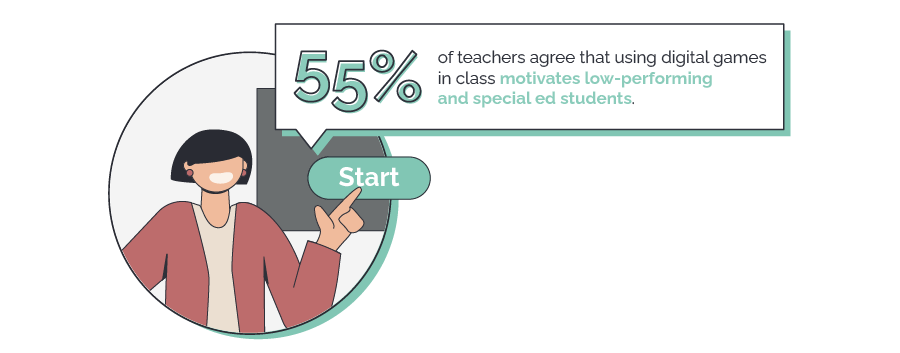
Imagine the impact of a student or employee going through compulsory training in a mixed media format; consisting of core written materials in bite-sized chunks, interspersed with informational, engaging videos, with game elements and quizzes, collaboration with other users, team exercises and mixing methods of in-person and digital learning; versus an experience solely consisting of lengthy written materials over long periods of time, which the learner is expected to read on their own and complete within a set timeframe.
Hybrid Learning
Hybrid or blended learning is an innovative approach to learning that combines online educational materials and in person or place-based opportunities together to create an environment that is more interesting and more inclusive to the user.
Integrating physical and digital learning elements can ensure learning is more memorable, enjoyable and productive. Although traditionally thought of as a distraction to learning, embracing the capabilities of smartphones and weaving them with other forms of learning has the potential to engage disengaged audiences. A good example of this is the use of mobile technology during physical learning sessions – such as smartphone polls, quizzes, or a group activity. The popularity of smartphones has allowed people to embrace the use of them in learning, a good way to engage people with technology. People are familiar and comfortable with mobile phones, especially younger audiences who are often the target market for digital or hybrid learning.
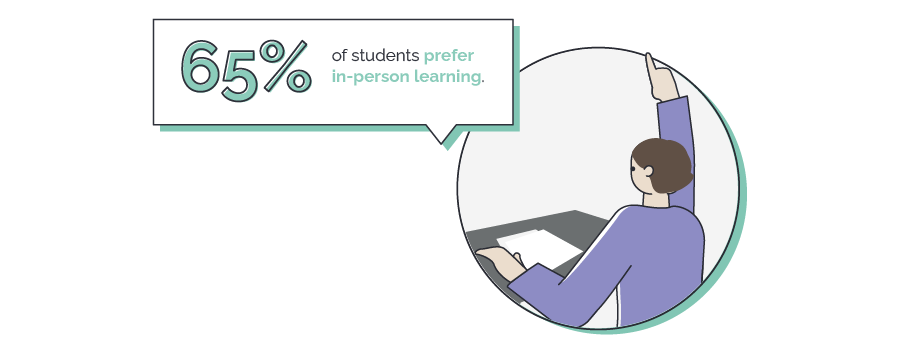
Although young people may respond well to digital tools, they also respond well to in-person activities, and studies have shown that up to 65% of students prefer in-person learning. A way in which this could be implemented is by starting the learning experiences physically and then allow the journey to continue and be enhanced digitally. QR codes are a staple for this and could encourage students to scan to continue their experience within a virtual environment, perhaps to play an interactive mini-game based on something they’ve learnt in-person.
Engaging people using emerging technologies such as Augmented Reality (AR) is a great way to combine digital capabilities with the real world. AR is now available through smartphones, making the technology not only more accessible, but also portable. Mobile AR means learners can easily interact in a digital way with their physical surroundings, presenting opportunities for interactive learning. Incorporating hybrid learning into practises such as onboarding is a great way to increase engagement. Traditionally onboarding is either online or in person but combining the two and adding gamified elements could be a great way to prevent fatigue during this process.
Conclusion
As people’s familiarity with technology increases, digital fatigue increases parallel to it. Therefore, innovation is important in its prevention, ensuring technology is developing alongside people, growing with them and being adapted to meet their needs. Digital fatigue can also have some serious physical and emotional consequences so is important to deploy solutions and embrace technology designed to prevent it and engage the user across all sectors, whether it be education or within the workplace.
Although it may seem like a popular buzzword, digital fatigue could cause serious disengagement with a huge proportion of people and that’s why considering it during any digital design process is crucial. Due to market oversaturation of learning technologies, diversifying platforms using unique features such as gamification and hybrid learning is a great way to stand out among competitors. Digital fatigue can affect all users, but it can often depend on the users’ needs and the type of platform and type of learning. Therefore, designing and developing platforms with this in mind from the start is the path to preventing digital learning fatigue.
Discover a real-world example of how technology can be integrated into learning effectively.
Read our case study on ‘Partnership in Action: Newcastle University Business School & Motivait’





